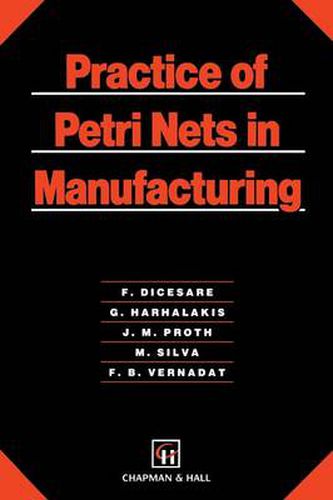Readings Newsletter
Become a Readings Member to make your shopping experience even easier.
Sign in or sign up for free!
You’re not far away from qualifying for FREE standard shipping within Australia
You’ve qualified for FREE standard shipping within Australia
The cart is loading…






This title is printed to order. This book may have been self-published. If so, we cannot guarantee the quality of the content. In the main most books will have gone through the editing process however some may not. We therefore suggest that you be aware of this before ordering this book. If in doubt check either the author or publisher’s details as we are unable to accept any returns unless they are faulty. Please contact us if you have any questions.
M. Silva Significant changes have been occurring in industrialized countries since the Second World War. Production is moving towards sophisticated high qUality products, economy of scale has been replaced by economy of scope, jerky demands are progressively replacing steady demands, and competi tiveness is becoming a worldwide phenomenon. These trends require highly automated manufacturing systems with small set-up times and high flex ibility. As a consequence, implementation and running costs of modem manufacturing systems are drastically increasing, whereas their fields of application remain limited, and every day become even narrower, which increases the risk of early obsolescence. This is the reason why designers are trying to improve the preliminary design phase, also known as the ‘paper study phase’. The preliminary design phase includes, but is not limited to, the func tional specification, and the evaluation of the system. Many tools exist to support the functional specification of manufactur ing systems. IDEFO is one of these tools. It leads, using a top-down ap proach, to a precise functional description of the required system. However, its use cannot be extended further. In general, the evaluation starts with a modeling step, which depends on the evaluation tool used, and ends by applying the model to find out its main dynamic characteristics. Two main approaches can be used to perform this task, namely simulation and math ematical approach. Using simulation, the modeling tool is either a classical computer language, or a simulation language.
$9.00 standard shipping within Australia
FREE standard shipping within Australia for orders over $100.00
Express & International shipping calculated at checkout
This title is printed to order. This book may have been self-published. If so, we cannot guarantee the quality of the content. In the main most books will have gone through the editing process however some may not. We therefore suggest that you be aware of this before ordering this book. If in doubt check either the author or publisher’s details as we are unable to accept any returns unless they are faulty. Please contact us if you have any questions.
M. Silva Significant changes have been occurring in industrialized countries since the Second World War. Production is moving towards sophisticated high qUality products, economy of scale has been replaced by economy of scope, jerky demands are progressively replacing steady demands, and competi tiveness is becoming a worldwide phenomenon. These trends require highly automated manufacturing systems with small set-up times and high flex ibility. As a consequence, implementation and running costs of modem manufacturing systems are drastically increasing, whereas their fields of application remain limited, and every day become even narrower, which increases the risk of early obsolescence. This is the reason why designers are trying to improve the preliminary design phase, also known as the ‘paper study phase’. The preliminary design phase includes, but is not limited to, the func tional specification, and the evaluation of the system. Many tools exist to support the functional specification of manufactur ing systems. IDEFO is one of these tools. It leads, using a top-down ap proach, to a precise functional description of the required system. However, its use cannot be extended further. In general, the evaluation starts with a modeling step, which depends on the evaluation tool used, and ends by applying the model to find out its main dynamic characteristics. Two main approaches can be used to perform this task, namely simulation and math ematical approach. Using simulation, the modeling tool is either a classical computer language, or a simulation language.